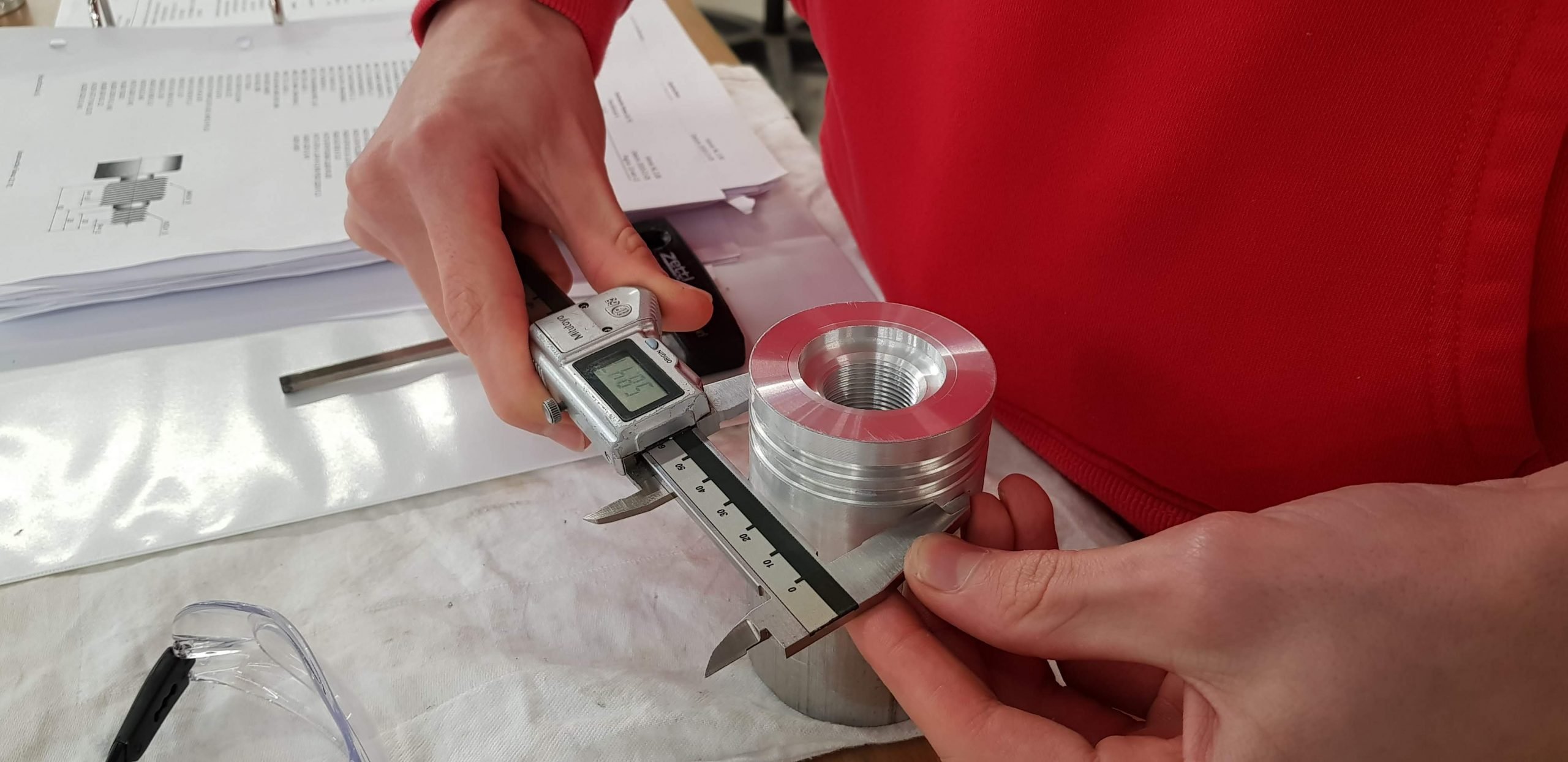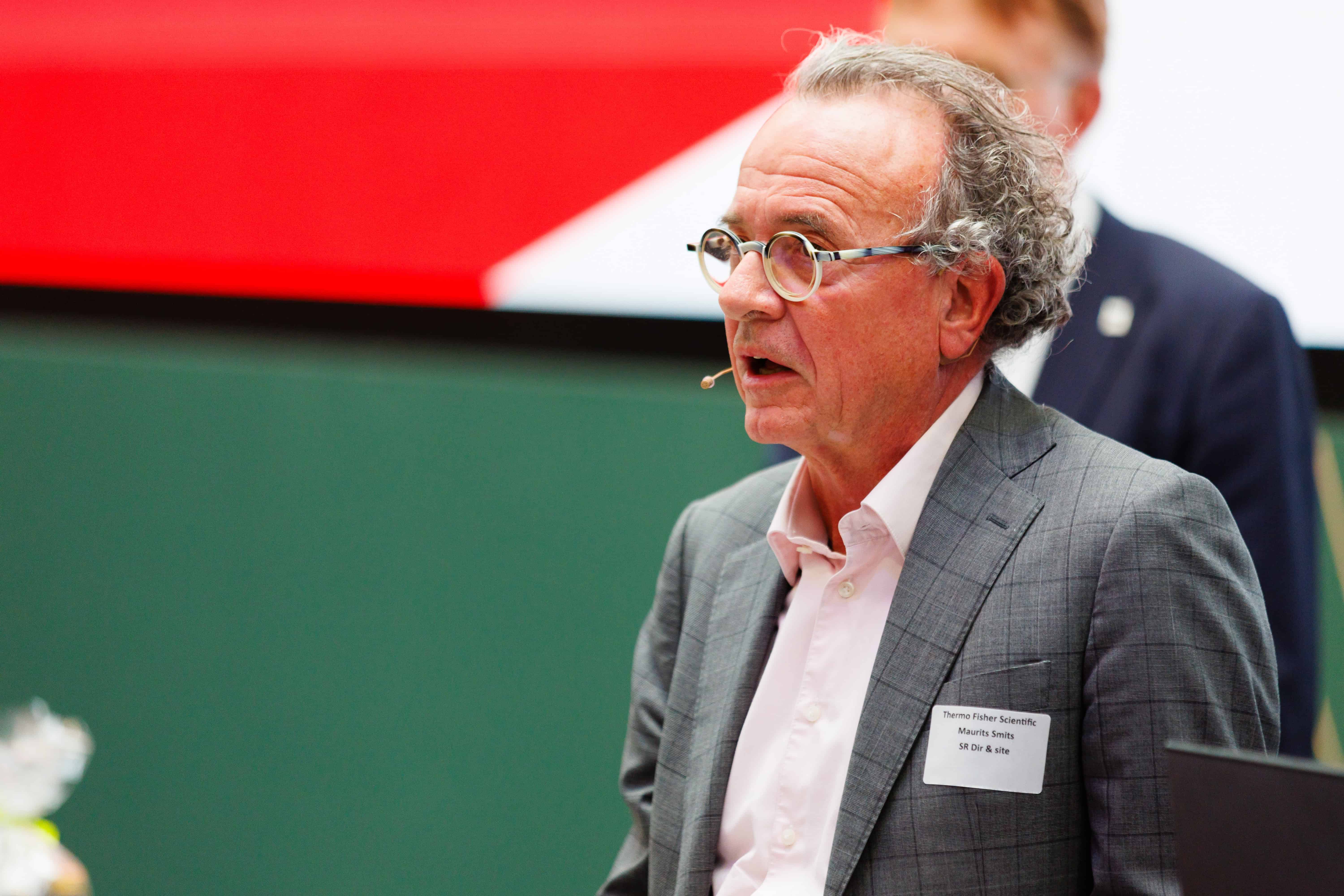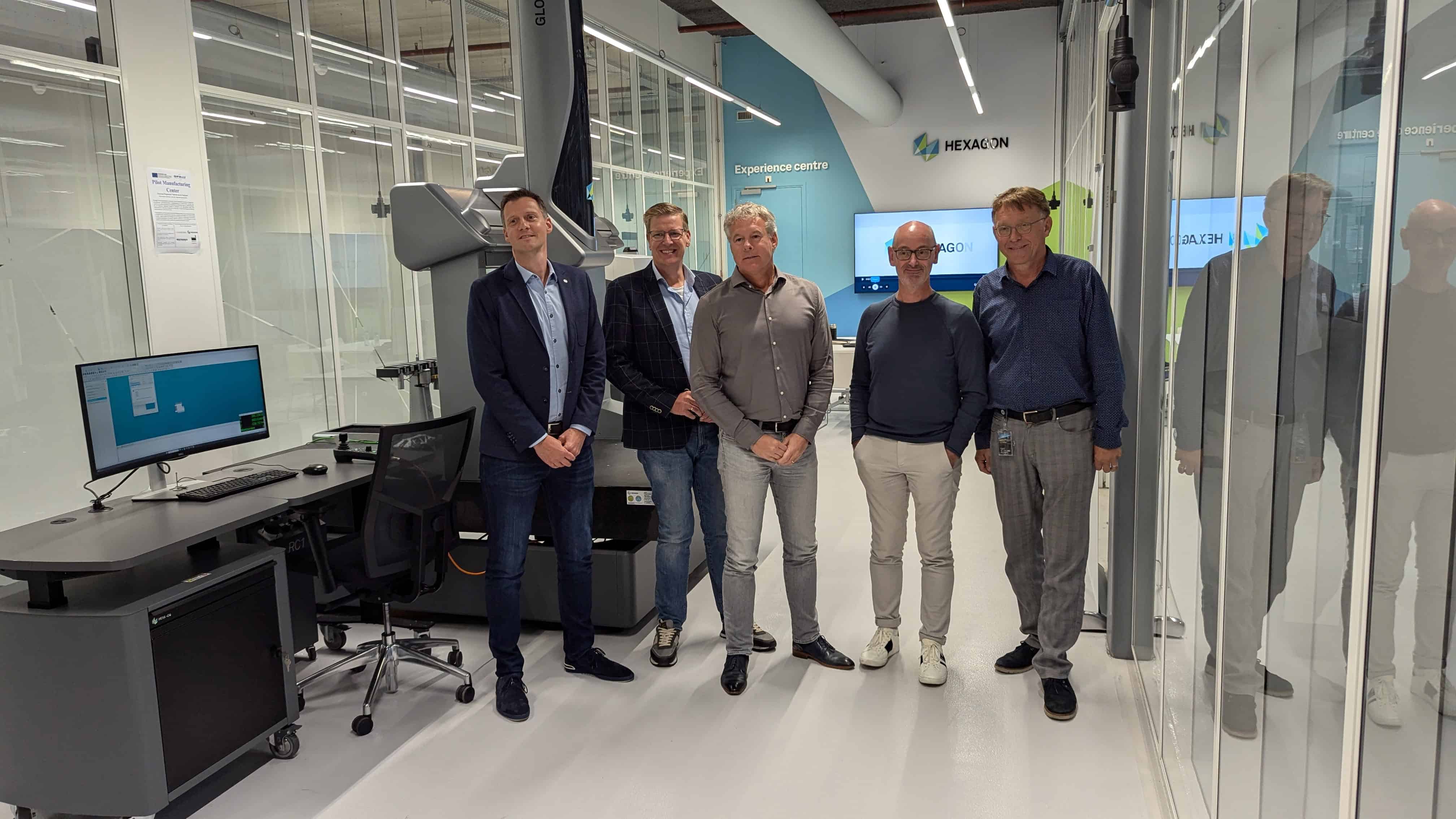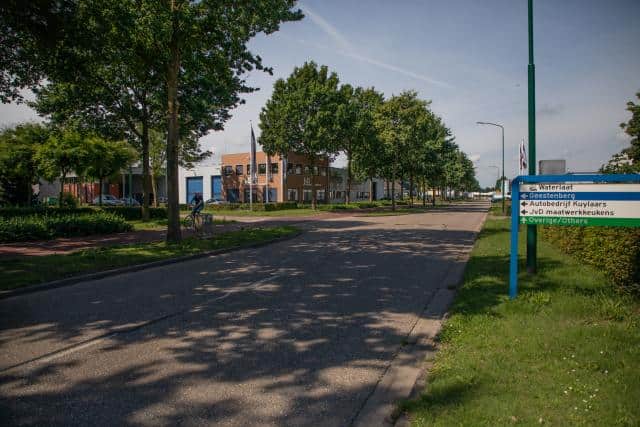
Attracting talent. Many companies even see it as war – the war on talent. In the Brainport region, too, organizations do everything they can to ‘lure’ well-qualified personnel from abroad into the local. tech sector. Last summer, Brainport Eindhoven started a recruitment campaign to attract new graduates and talent with more experience in the region.
There is a great need for extra (professional) people in the Netherlands, especially smaller tech companies find it difficult to attract talent. But what about the high tech manufacturing industry? As one of the economic powerhouses in the Brainport region, is this sector also fighting for talent? And how does this work?
According to Erik Veurink, director of the Brainport Industries Campus, attracting people is not difficult, but the challenge lies in finding the right people. According to the campus director, it is, therefore, good to show the outside world the importance of technology. “Here, we are building the factory of the future, where complex products and machines to produce them are made more efficient and smarter. We are constantly working on the question of how we can stay ahead of the international competition. In our opinion, we will only succeed if we make the technology visible and show what is happening within these walls.”
According to Veurink, the innovation program ‘Factory of the Future‘ is crucial in this respect. Within this program, eight different field labs are working on their own theme around digitization. “A total of at least 100 companies and educational and knowledge institutions are involved. Not only BIC tenants but also parties from far beyond”, he says.
Planting a seed
The BIC’s Atrium, where visitors can literally see the activities of all companies from behind the windows, also contributes to this. This ranges from robot arms to 3D production areas, automatic vehicles, and VR demos. But the ‘normal’ office spaces and meeting places also remain important. It’s all there. So how does that help to attract talent? Veurink: “You plant a seed, as it were, especially with the young generation. Here they see how technology works, how complex it actually is and what challenges innovation faces. It stimulates them to choose a career in the manufacturing industry.”
“Thanks to the open structure – which is now a little less open due to the corona outbreak – we create new encounters and ideas. This can be the inspiration for subsequent innovations. Students, CEOs, and employees – at a distance of 1.5m from each other – are each other’s neighbors, have lunch together, and exchange ideas. They can test these directly in the available field labs. All this under one roof creates an attractive working landscape in which to get started and continue to develop yourself,” explains Veurink.
Training, utilizing and retaining talent

According to Veurink, it’s not just about attracting talent. “Training, utilizing, and retaining talent is at least as important.” Veurink was therefore very happy that, after Summa College and Fontys University of Applied Sciences, Avans also set up an annex at BIC. This academic year the first batch of the minor program Factory of the Future started.
“Because of corona, they started with fewer participants than initially intended. However, the interest was overwhelming. Within this minor, students work in pairs and are given the freedom to think along. That is good for their development. In addition to Avans, Summa also has its own specific courses here where more students join each academic year and Fontys has three courses. All these students develop their talent here together with companies,” says Veurink.
“We could make even more use of this. Summa also trains security and facilities students. Not that we are not satisfied with our current partners, but for example, why not let students think along with us about new service concepts at BIC? In addition to training talent, we also need to think about social employability. How can people with challenges in the labor market still feel useful? We are currently exploring this with the social employment service. In this way, you can make optimal use of your talent.”
Not only for the new generation of talent
“We also have short lines to the Eindhoven University of Technology. Within the field labs of the innovation program, several Ph.D. students and graduates are working on new technology. This provides a lot of new knowledge from which all companies can benefit,” explains Veurink.
That’s why companies also work with educational institutions such as Summa or Brainport College to re-train employees. “Not only do we prepare talent, but we also make sure that current employees can keep improving themselves. New ways of working are emerging within the innovation program. This can be software, a new machine, or a different process. Not only the new generation of employees must be able to deal with this. That also applies to the current generation. That is what we call sustainable employability.”
Then, Veurink raises from his seat. “Do you know what is most important?” He takes a sip of water before answering his own question. “Retaining talent. People keep working somewhere if they feel at home. Then, they perform better and feel useful. We can impose that ‘top-down’, but that’s something that has to come from the inside as well. Of course, we do lay the foundation for this. We organize all kinds of things – excursions, family days, cycling trips – simply, low-threshold meetings that break the ice. After all, innovation comes about through relationships close to the work floor.”








